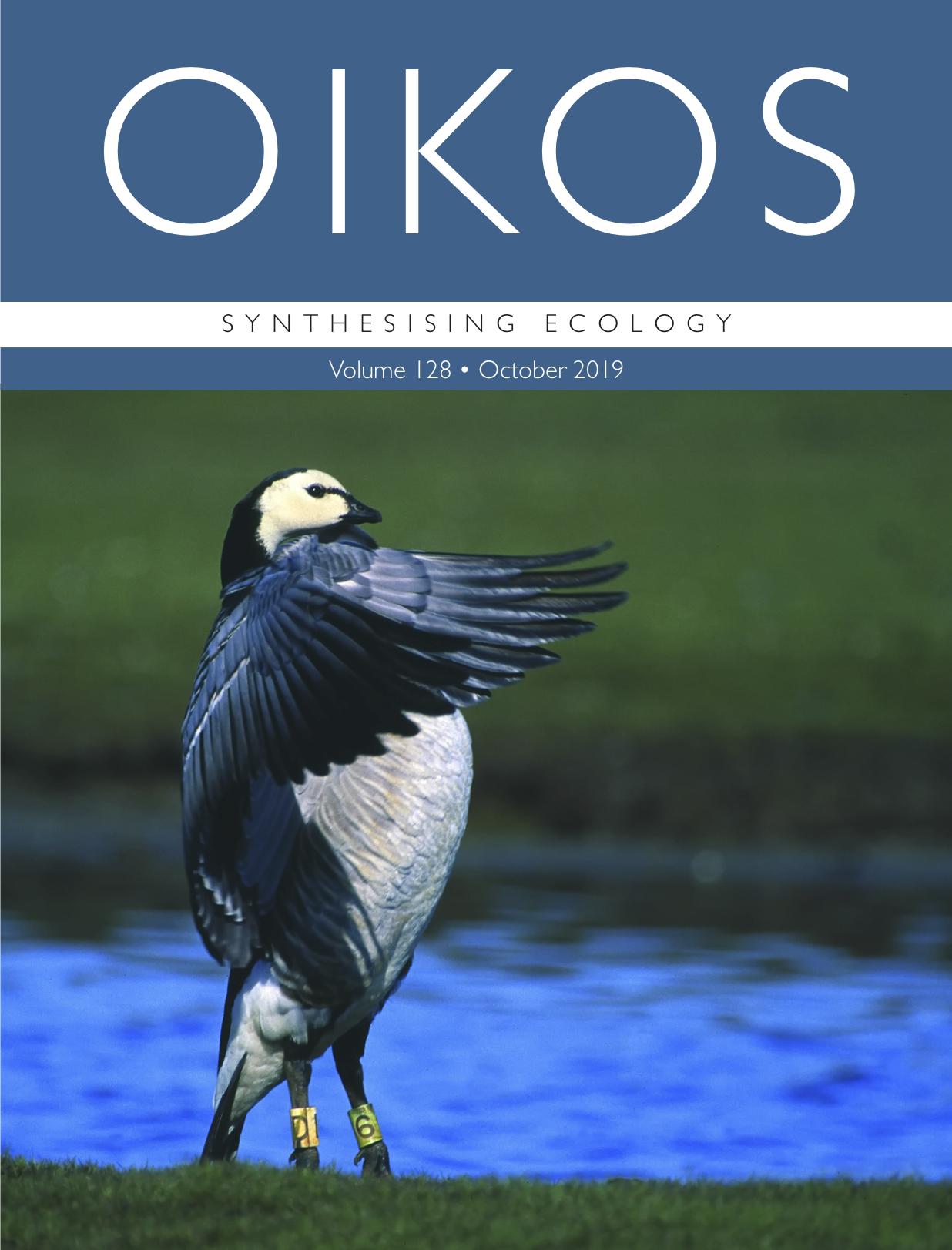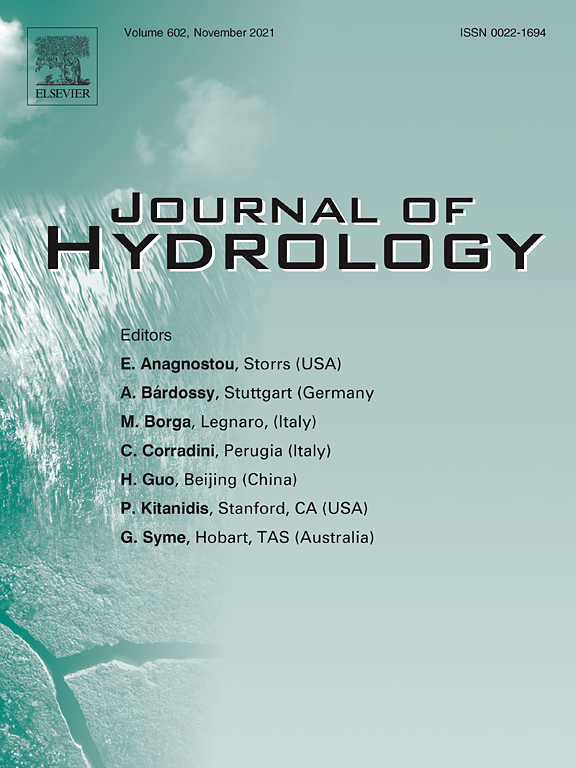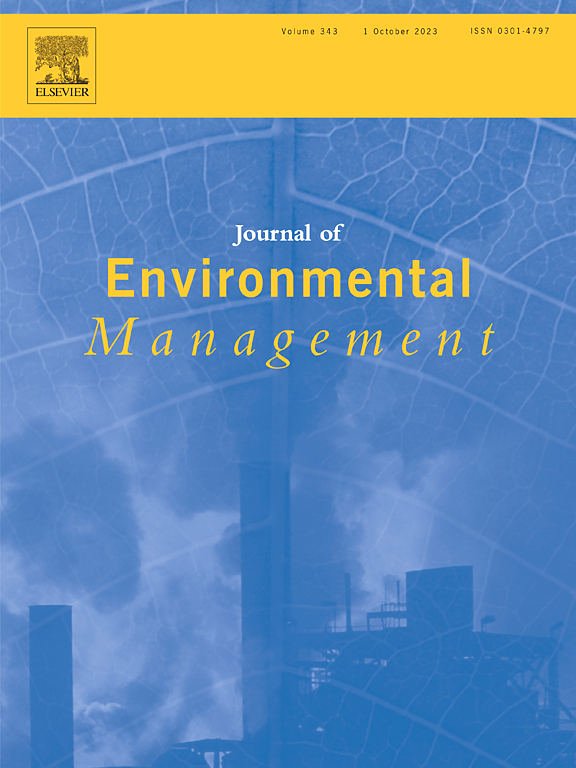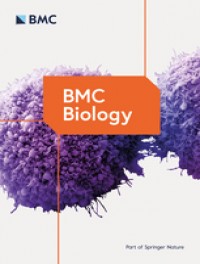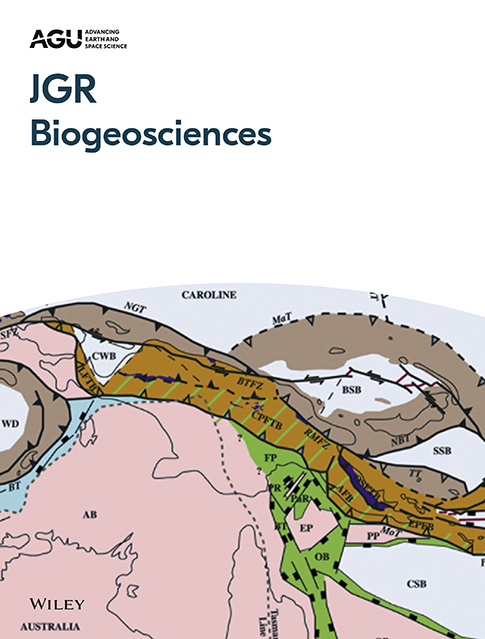
Selection on an extreme-yet-conserved larval life-history strategy in a tapeworm
Mechanisms of group-hunting in vertebrates
In this review article, the authors present the different mechanisms of hunting in groups. One important approach is that the size ratio between predator and prey is possibly an important factor influencing the different hunting behaviour in vertebrates.
The European freshwater landscape and hotspot areas of mass effects and regional connectivity
The authors detected great concentrations of source hotspots on the northern regions associated to lentic ecosystems, main European rivers acting as ecological corridors for all freshwaters, and a mixed distribution of connectivity hotspots in southern and Mediterranean ecoregions.
A meta-analysis of how parasites affect host consumption rates
This meta-analysis investigated how parasites affect the consumption rate of their hosts. It is the first comprehensive overview of parasite effects on host feeding capacity and sheds light on the factors contributing to the observed differences.
Synoptic water isotope surveys to understand the hydrology of large intensively managed catchments
Using seasonal, large scale synoptic sampling of stable water isotopes and tritium along the Spree allowed to assess water cycling, storage and losses. The Spree is heavily regulated and drought-sensitive due to high evapotranspiration losses. Such insights are important to adjust water management strategies.
Socio-economic or environmental benefits from pondscapes? Deriving stakeholder preferences using analytic hierarchy process and compositional data analysis
The authors studied the needs and knowledge of stakeholders who own, work, research, or benefit from pondscapes in 8 countries. Using the analytic hierarchy process, this study shows that in general stakeholders in the European and Turkish demo-sites prefer environmental benefits, while stakeholders in the Uruguayan demo-sites rank the economic benefits higher.
Quantifying changes and trends of NO3 concentrations and concentration-discharge relationships in a complex, heavily managed, drought-sensitive river system
Long-term stream nitrate nitrogen concentrations and concentration-discharge were investigated along the Spree revealing significant heterogeneity in both variables. The upstream parts and winter seasons showed the most serious pollution. Concentrations and relationships are also likely to respond strongly to future droughts, leading to challenges for future land and water management.
Massive expansion of sex-specific SNPs, transposon-related elements, and neocentromere formation shape the young W-chromosome from the mosquitofish Gambusia affinis
The mosquitofish Gambusia affinis, globally introduced to fight mosquitos, is a threat for freshwater ecosystems and a model for sex chromosome evolution. Cyto-/genomics reveals a neocentromere to shield parts of its evolutionary young female sex chromosome (W) that actively differentiates by expansion of transcribed transposons, while major sequence divergence or gene decay are missing.
Particle-associated organic contaminant and cytotoxicity transport in a river during storm events
This study investigated the mobilisation and transport of particle-associated organic contaminants and their cytotoxicity in a river during storm events. Cytotoxicity determined in cell-based bioassays correlated linearly with total suspended solids concentration in a river, demonstrating that particle-associated contaminant mixtures can strongly affect river water quality during rain events.
Moving Bedforms Control CO2 Production and Distribution in Sandy River Sediments
The study investigated the impact of streamwater flow velocities and the resulting bedform migration on the CO2 production in streambeds. State-of-the-art 2-dimensional imaging techniques reveal the CO2 distribution in the streambed, an increasing CO2 production in the upper sediment and a decreasing hydrological exchange with deeper sediment layers, with increasing flow velocities.




